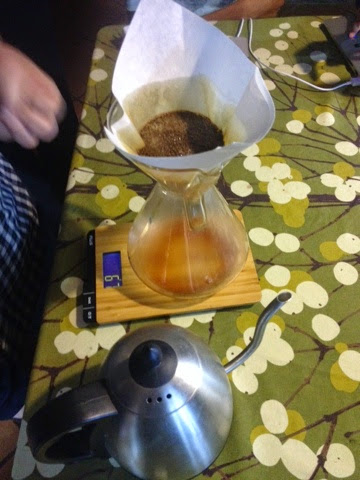Nosing around online for information about my maternal grandfather's family--a part of our family that neither I, nor my mother, have known--led me to the family 1940 census record.
This is a great lesson is trying to find a story in the numbers. I'd never tried to find a story in math before today, but I imagine many amateur genealogists find themselves faced with this challenge as well. It is part of the fun of the puzzle.
My brain took me immediately to the fact that seven adults and one child shared a three bedroom row home on Wharton Street in Philadelphia. Shuffling the possibilities in my head, I can put my grandparents in one room, possibly three or four siblings in another (Thomas, John, Francis, and Sam), and a step-sister (Sanina) and her 4 year old son in another room. Knowing the small dimensions of those bedrooms, I can't imagine four young men sharing one room. Some must have slept in what would otherwise be the dining room or living room--perhaps the young boy--putting three in one bedroom and two in another. Still, everyone must have been climbing over one another in the one bathroom home.
Another number leapt off the page: 0. My grandparents, Joseph and Lillian, reported making $0 in 1939. Born in Italy, they were 65 and 58 respectively. Reporting as laborer and housewife, and having just come through the Great Depression, I can't imagine much savings.
While census records, on the surface, may not be able to confirm the details my mind immediately gravitated to--where did everyone sleep--the records do tell me another angle of the story. The records remind me about the culture of sharing these generations fostered.
 |
| My grandfather, John |
From what I can gather, the average American income in 1939 was $1,368. Among the three reporting income and working, John, Thomas, and Sanina, my grandparents' household made $1,960 in 1939. That comes to just under $38 dollars a week when everyone is working and income is consistent. However, only one of the three wage earners, Thomas, a shipping clerk, reported working a 40 hour week consistently...and my grandfather, John, worked a range of hours week to week driving a truck, while Sanina reported working only five hours a week as a tailor.
In 1939, a gallon of gas was estimated at 10 cents a gallon, a loaf of bread was 8 cents, and a pound of hamburger meat was 14 cents.
This was the first census that attempted to measure the social and economic situation of the country. Never before had someone been asked to declare how much money they earned--the previous models of the census were built mostly around population shifts and growth. By the end mid 1940s, it was common to find editorials bemoaning the census changes as an invasion of privacy.
 |
| Barron's National Business and Financial Weekly, April 24, 1944 |
The numbers leave me with questions that I know I will never answer. For instance, I am left wondering how my grandparents' household managed when my grandfather enlisted on August 7, 1942 and shipped off to the Pacific theater in WWII. While my grandparents household depended on the $780 my grandfather made in 1939, I wonder how much of the estimated $468 he made as a private was sent back home.
In the end, the numbers leave me thinking about the moral of an often rewritten story--rewritten and retold for good reason: the families of the greatest generation took great care of one another. And I wonder in what ways we search for ourselves in their example.
























